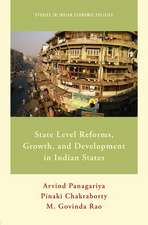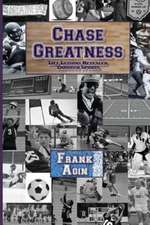Infrastructure and Employment Creation in the Middle East and North Africa: Directions in Development: Infrastructure
Autor Antonio Estache, Elena Ianchovichina, Robert Baconen Limba Engleză Paperback – 20 ian 2013
Preț: 198.39 lei
Nou
Puncte Express: 298
Preț estimativ în valută:
37.96€ • 39.74$ • 31.41£
37.96€ • 39.74$ • 31.41£
Carte tipărită la comandă
Livrare economică 07-21 aprilie
Preluare comenzi: 021 569.72.76
Specificații
ISBN-13: 9780821396650
ISBN-10: 082139665X
Pagini: 84
Dimensiuni: 152 x 229 x 6 mm
Greutate: 0.16 kg
Editura: World Bank Publications
Seria Directions in Development: Infrastructure
ISBN-10: 082139665X
Pagini: 84
Dimensiuni: 152 x 229 x 6 mm
Greutate: 0.16 kg
Editura: World Bank Publications
Seria Directions in Development: Infrastructure


















